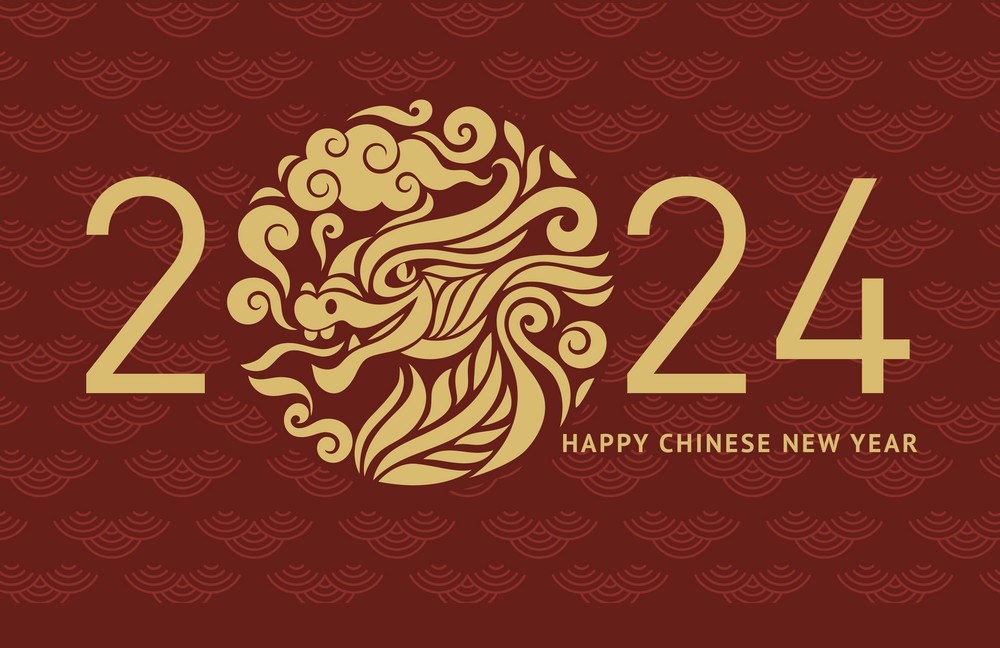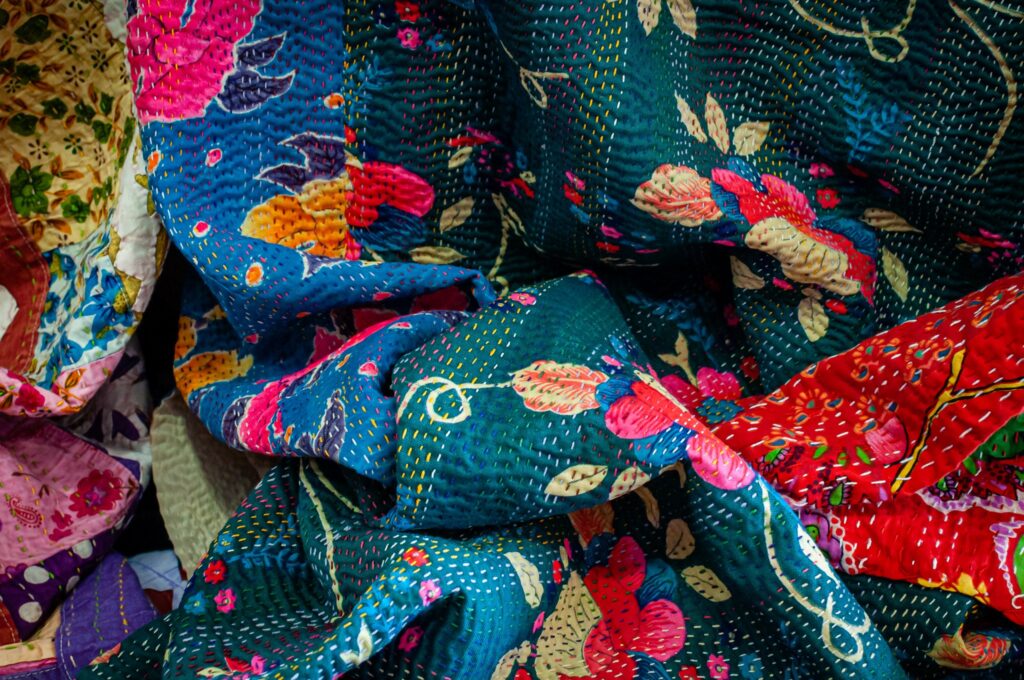
Yule: The Viking Predecessor Of The Contemporary Christmas Holidays
Christmas is one of the most important Christian holidays, being observed most commonly on the December 25 on all of the continents across the world. Nowadays, this holy celebration brings people together in many ways.
However, what some people might not know about Christmas is that, if traced to its roots, this Christian holiday was initially celebrated by pagan Germanic peoples since Ancient times.
Yule, Yuletide, or Yulefest (literally meaning ‘Yule time’ or ‘Yule feast’ respectively) was a midwinter festival celebrated by several Germanic-speaking populations including The Norsemen and the Celts.

With respect to the festival that was celebrated by the Norsemen, Yule was observed in the middle of January and was characterized by feasts, sacrifices to the Norse gods, and gifts given to each other, most of them decorated with the Triskellion, the symbol for the Unity betweeen Past, Present and Future, betweem Soul, Body and Mind and between Love, Strength and Wisdom.
Another of the beloved decoration was that of the Tree of Life, that symbolises how we live in every realm: soil (roots), earth (trunk) and sky (crown).
To these days, the word for Christmas in the North Germanic languages is a variation of the term Yule, and the spirit of the old winter solstice festival has been well preserved in the Nordic countries.
Jul is the word for the Christmas season in Denmark, Sweden, and Norway, whereas Jól is the counterpart used in the Faroe Islands and Iceland.
Discover our Triskellions and the Tree of Life, in our Celtic section










